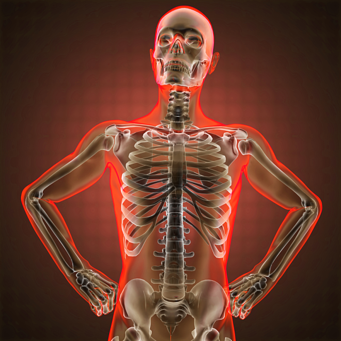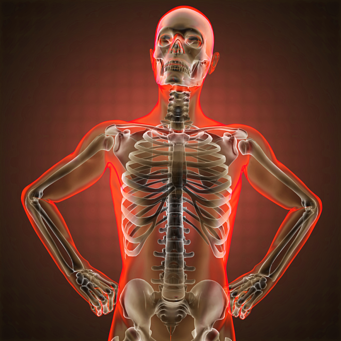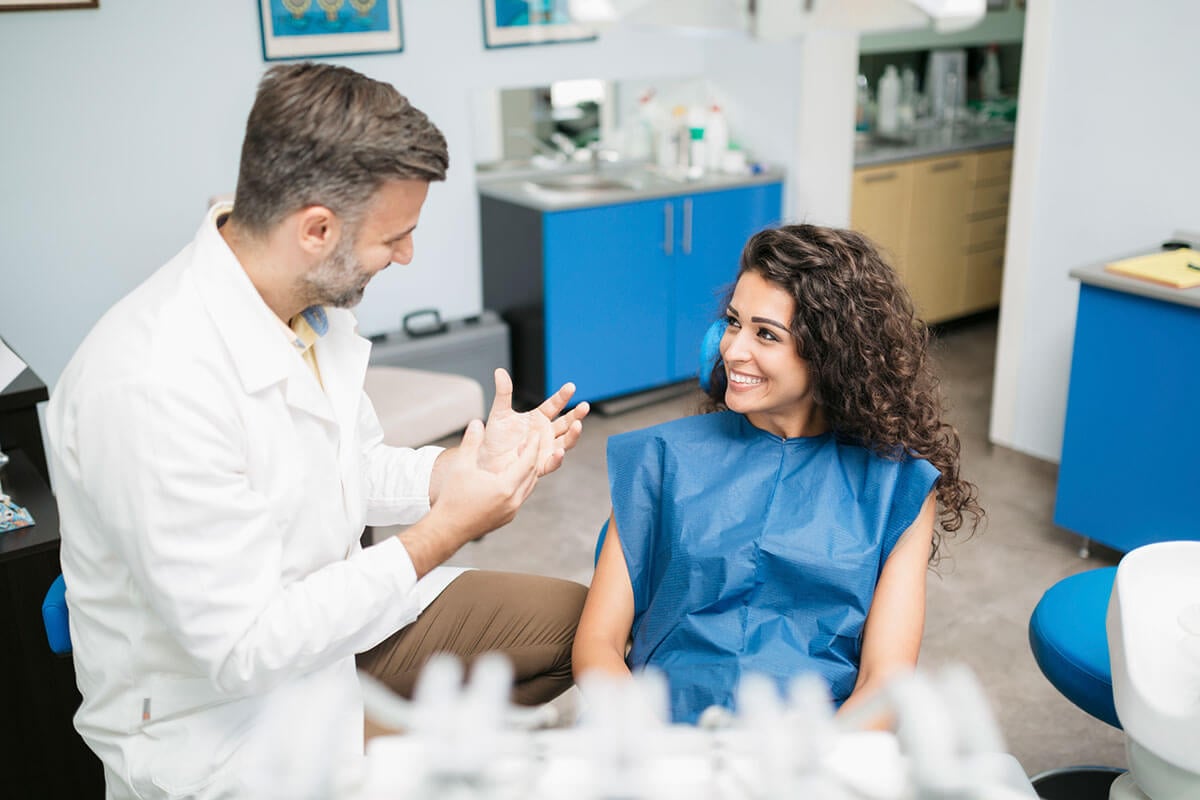Bad Posture Can Cause TMJ Disorder


After years of braces your teeth are perfectly aligned. You do not grind or clench your teeth at night. You do not bite your fingernails, chew on pen caps, or engage in any other bad oral habits. You have never experienced trauma to the jaw.
So why, after ruling out these common causes of TMJ disorder, do you still wake up every morning with an achy jaw, headaches, and neck pain? You may want to take a look at your posture, a lesser-known but very real contributor to TMJ disorder.
What exactly is TMJ disorder?
TMJ disorder is a condition in which improperly-functioning jaw joints cause stress and pain in the surrounding tissues, including the muscles and nerves of the face, head, and neck.
These joints, called the temporomandibular joints (TMJs), attach your lower jaw to your skull in front of each ear, and without them, you would not be able to eat, speak, or move your mouth at all. When the TMJs are imbalanced, injured, or inflamed, you may experience the following symptoms:
- Headaches or pains in the jaws, ears, neck, shoulders, and back
- Ringing in the ears
- Jaws that pop, click, or lock when you open or close them
- Difficulty biting
- Facial swelling
- Dizziness
How can bad posture lead to TMJ disorder?
The body functions optimally when all of the joints, bones, and muscles are properly aligned. If you routinely slouch in your chair or spend your days hunched over a computer, you are retraining your body to hold itself in a less-than-ideal position. Poor posture has a domino effect, as your misaligned spine will cause your lower jaw to protrude forward and create a bad bite, which is one of the leading causes of TMJ disorder.
What treatments are available for TMJ disorder caused by bad posture?
For TMJ disorder caused by poor posture, you must first start standing and sitting straight so that the rest of your body will align properly, including your jaw. Correct standing posture involves keeping your shoulders back and your chest forward, making sure that you lengthen your spine and do not jut your chin forward.
To sit properly, hold your upper body as you would in the correct standing position, making sure that your buttocks touch the back of your chair and that your weight is distributed evenly on the hips. Your knees should be at or above hip level when sitting. If they are not, then you should use a footstool to elevate them.
Bad posture is often caused by foot problems, including flat arches or hyperpronation, as well as wearing high heels or other types of non-supportive footwear. Adding custom arch supports or insoles to your shoes can help you stand straighter, and choosing more comfortable and supportive footwear will also benefit your posture.
Many people have found physical therapy, professional massage, Pilates, and yoga to be helpful in releasing muscle tension and retraining the spine to stay in alignment. To help reposition your jaw, your dentist can create an oral splint that will hold your bite in the ideal position to reduce stress on the surrounding muscles.



